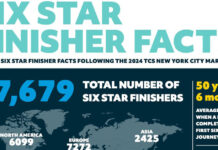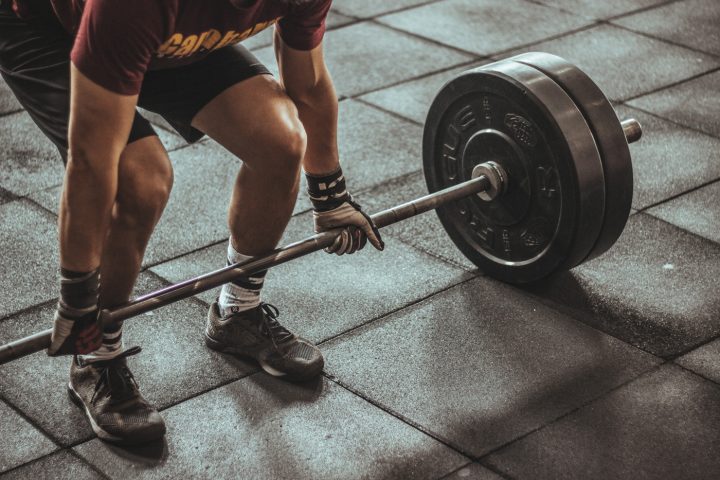
We all dread the effects of ageing: muscle and joint aches and pains, slower metabolism, low energy, slower recovery, wrinkles, and what not. Whether we like it or not, growing old is inevitable. We may show signs of ageing at different paces but it will eventually catch up.
“We don’t grow older, we grow riper.” ~ Pablo Picasso
During our 40s, we are now equipped with the knowledge and experience needed to really know our bodies. We are now well aware when we need to lay off the trainings and when we can pedal to the metal. However, our bodies don’t react to stress the same way as it did during our 30s, and most especially not the way it did in our 20s. We must not let our age dictate what we can and cannot do. Adjusting our training and nutrition as early as in our 40s will help us fend off injuries, make the most of our training, and most importantly: prep us for our 50s.
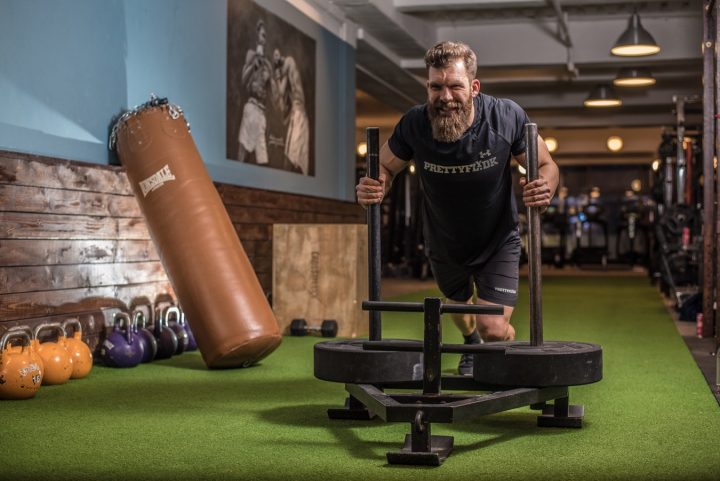
Strength and Conditioning
Metabolism is the term used to describe the breakdown and absorption of nutrients by our body, whether it be for conversion to energy or to the distribution for cell repair. As we hit our late 20s, our body’s metabolism starts to slow down; our bodies are not able to breakdown and absorb nutrients as efficiently. However, one way we can help our metabolism is by increasing our muscle mass.
Did you know that one with more muscle mass burns more calories at rest than one with less? A pound of muscle can burn 6 calories per day at rest while a pound of fat can only burn 2 calories per day. By increasing our muscle mass, we are effectively helping our metabolism as muscle burns more calories. Burning does not only pertain to weight loss but also to nutrient breakdown.
Sarcopenia. Name sounds foreign? Better get used to it as you’ll be hearing more of it when you near your 50s. Sarcopenia is the dwindling loss of muscle mass and quality related to aging. It becomes visible when one enters their 50s. However, loss of muscle mass doesn’t happen overnight, therefor it may actually start as early as in our 40s. One way to battle muscle loss is, you’ve guessed it, muscle gain. Building muscle fibers and keeping them strong and healthy will help combat muscle weakness when we age. So better start hitting the gym and get them gains.
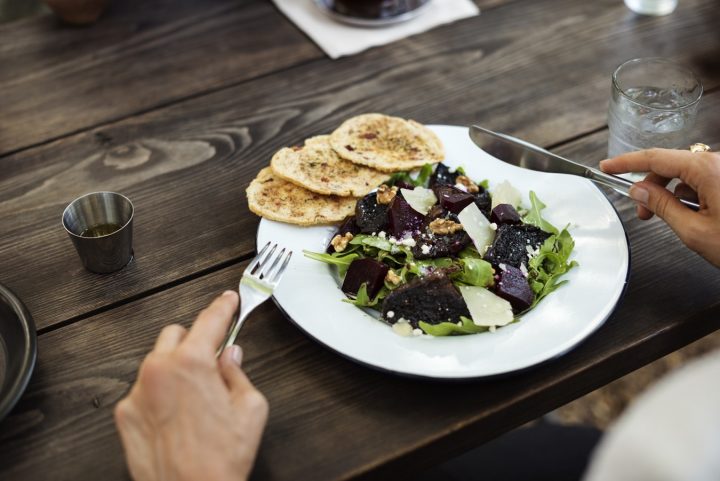
Nutrition
Eating clean is not what we’re going to talk about. Knowing what’s good and bad for us is common knowledge by now. Knowing what our bodies need though is a whole different story. We have our regular supplements and go-to food that are part of our daily intake like multivitamins, vitamin E, fruits, vegetables, etc. , but here are a few things you might need more of by the time you hit your 40s.
• Anti-inflammatory food
As we constantly stress our body, muscles and joints tend to become inflamed. Eating food rich in anti-inflammatory components will help our body recover faster. With our bodies recovering faster, our immune system is also stressing less too.
• Omega-3 fatty acids
Not all fats are bad. Omega 3-fatty acid is the super nutrient might be the missing link to your athletic prime. Just search the web for Omega 3 benefits and you’ll be bombarded with research-backed benefits from improved eye health, lower blood pressure, clearer skin complexion, and combating age-related mental declines. Oh, did we mention it also helps with controlling inflammation? It’s like hitting two birds with one stone!
• Vitamin B-rich Food
The B Vitamin family is made up of 8 different types (Thiamine (B1), Riboflavin (B2), Niacin (B3), Pantothenic Acid (B5), Pyridoxine (B6), Biotin (B7), Folic Acid (B9), and Various Cobalamins (B12)) where supplements containing all 8 are referred to as Vitamin B Complex. Vitamin B Complex hits various needs of the body and are needed to be maintained at healthy levels. Deficiency in some vitamin B nutrient may lead to diseases.
• Calcium-rich Food and Vitamin D
Milk is for growing kids, that’s what my mom used to say. Getting old and growing up is one and the same if you think about it, so why did we stop drinking milk then? Milk should not stop when we get older, in fact, the need for milk increases to fight osteoporosis and other bone-related diseases. Now, why is vitamin D and calcium paired together? Vitamin D on the other hand helps intestinal absorption of calcium which enables the body to promote bone strength and growth. Vitamin D can actually be produced by the body when our skin is exposed to the sun. A healthy dose of sun exposure ranges from 15-20 minutes. However, avoid sun exposure during noon when the rays are harsh. Got to still keep the sunblock handy!
Here’s a cheat sheet on where to naturally get these nutrients:
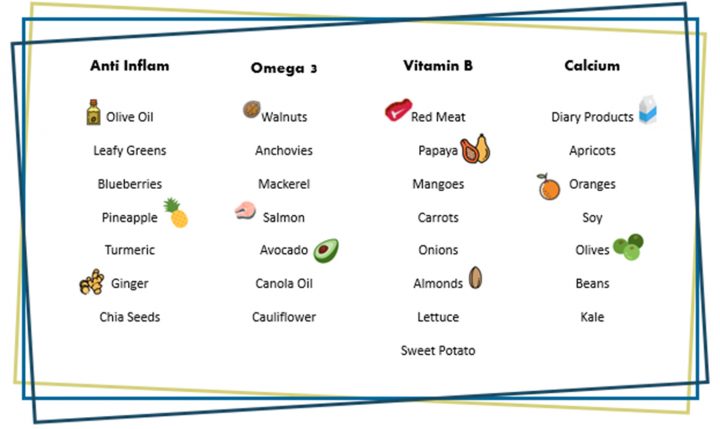
Skin Care
We can be 40 but we don’t have to look like we are. Skin elasticity starts to deteriorate as time goes by and to add to that, constant exposure to the sun hastens the ageing of our skin. Fine lines and saggy skin starts showing. YIKES! Taking care of our skin is not only for aesthetic purposes; in fact, our skin isn’t only there to keep us pretty, it also helps control body temperature, fluid and electrolyte loss.
First step to taking care of your skin is by using sun screen. Wearing sunscreen won’t only help you maintain your artistahing kutis but will also lower the chances of getting skin cancer. Sun screen IS your best friend. The best part of having healthy skin? You’ll look glowing in your race day photos! ~Uy may photographer, takbo tayo ulit..~
Try out Active Health SkinPro Sunblock:
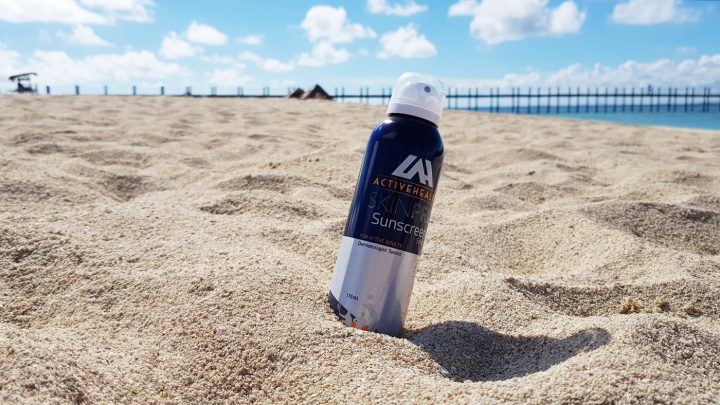
Test, Don’t Guess
Staying fit is one sure-fire way of living a healthy and longer life. However, there will be unforeseen events that will come our way. Invest in proper diagnosis and prevention. We can no longer just pop a mefenamic or ibuprofen when we feel aches and pains.
TEST, DON’T GUESS. Stop self-diagnosis as this might just make our injuries worse. Caring for our bodies like how we would for a child will benefit us in the long run. Scheduling regular annual physical exams, blood tests, and electrocardiogram are a good start in monitoring your health.
How do you stay at tip-top shape despite getting older? Message us. We’d love to hear all about it!






